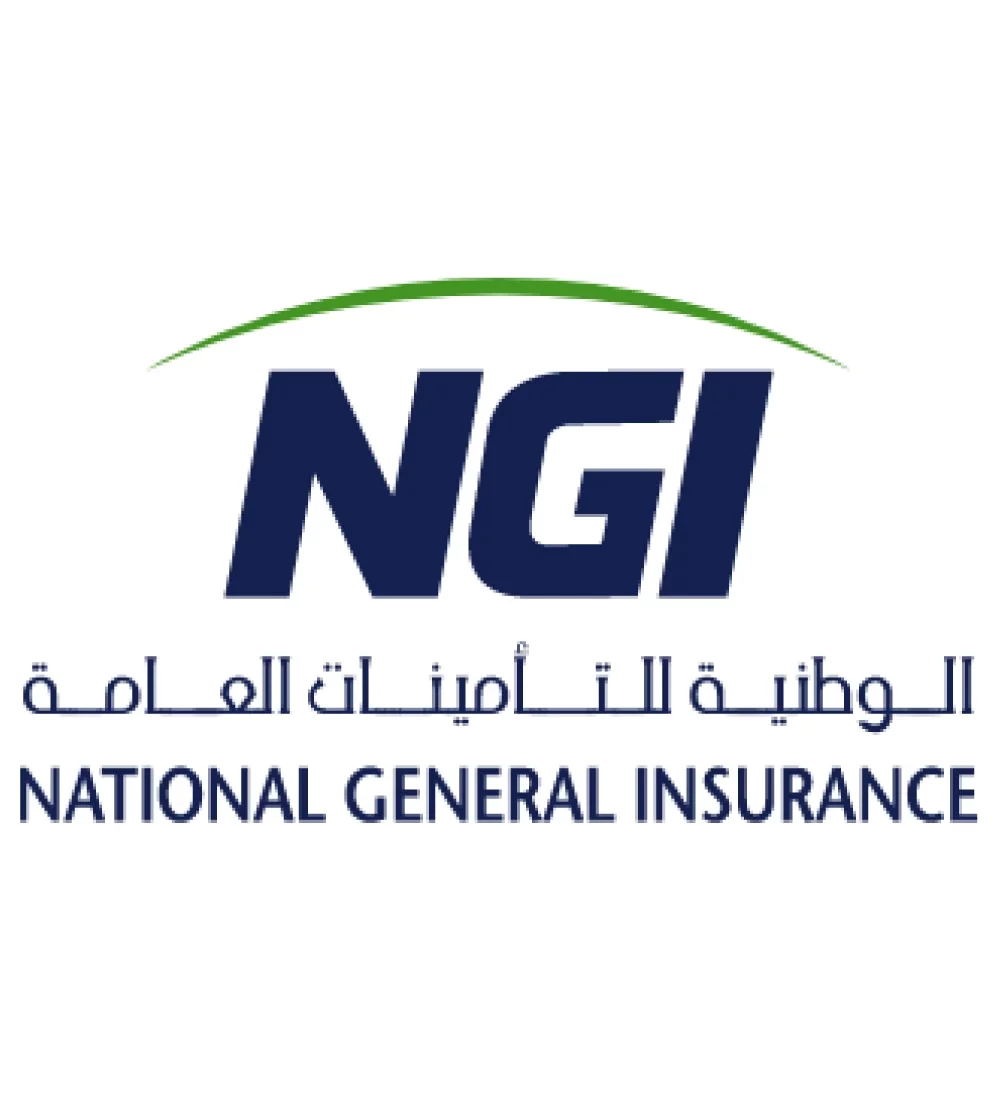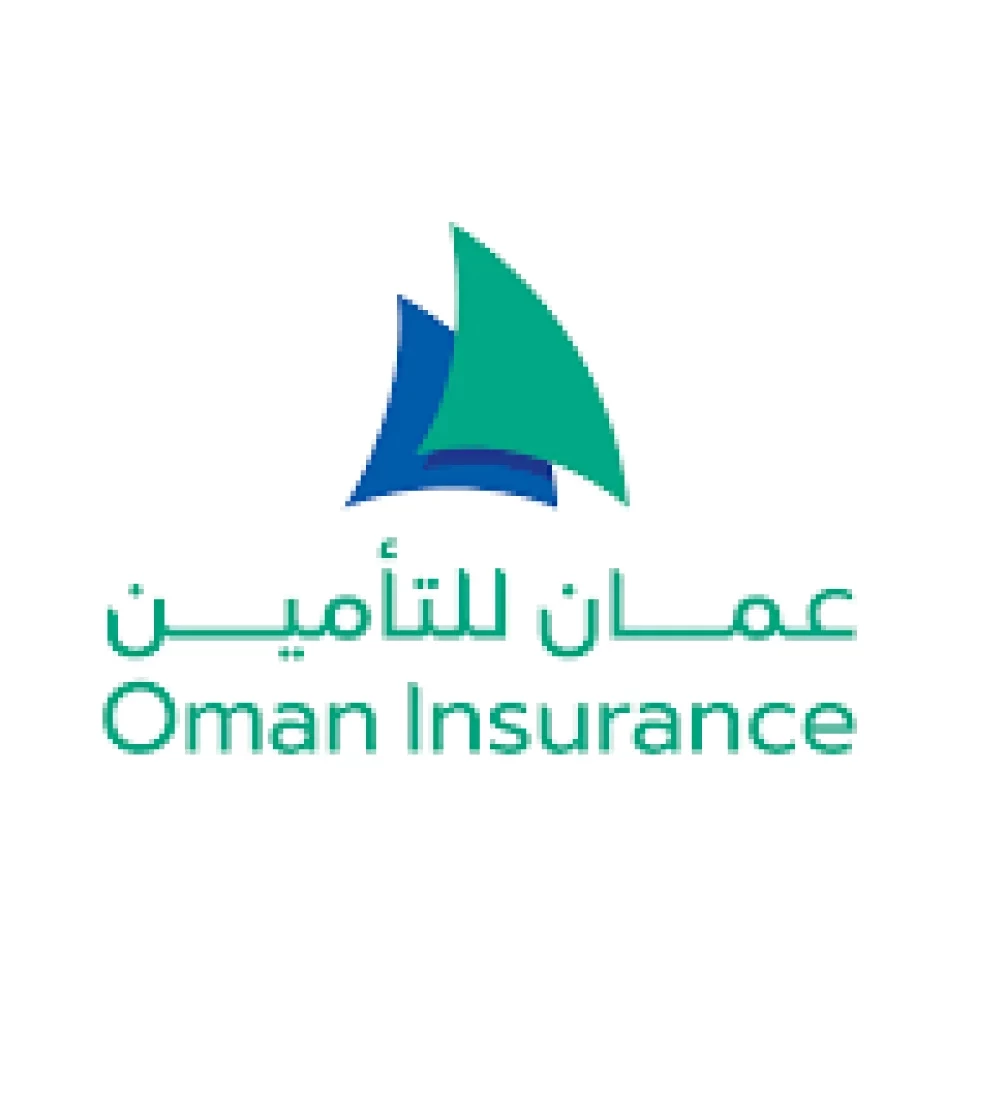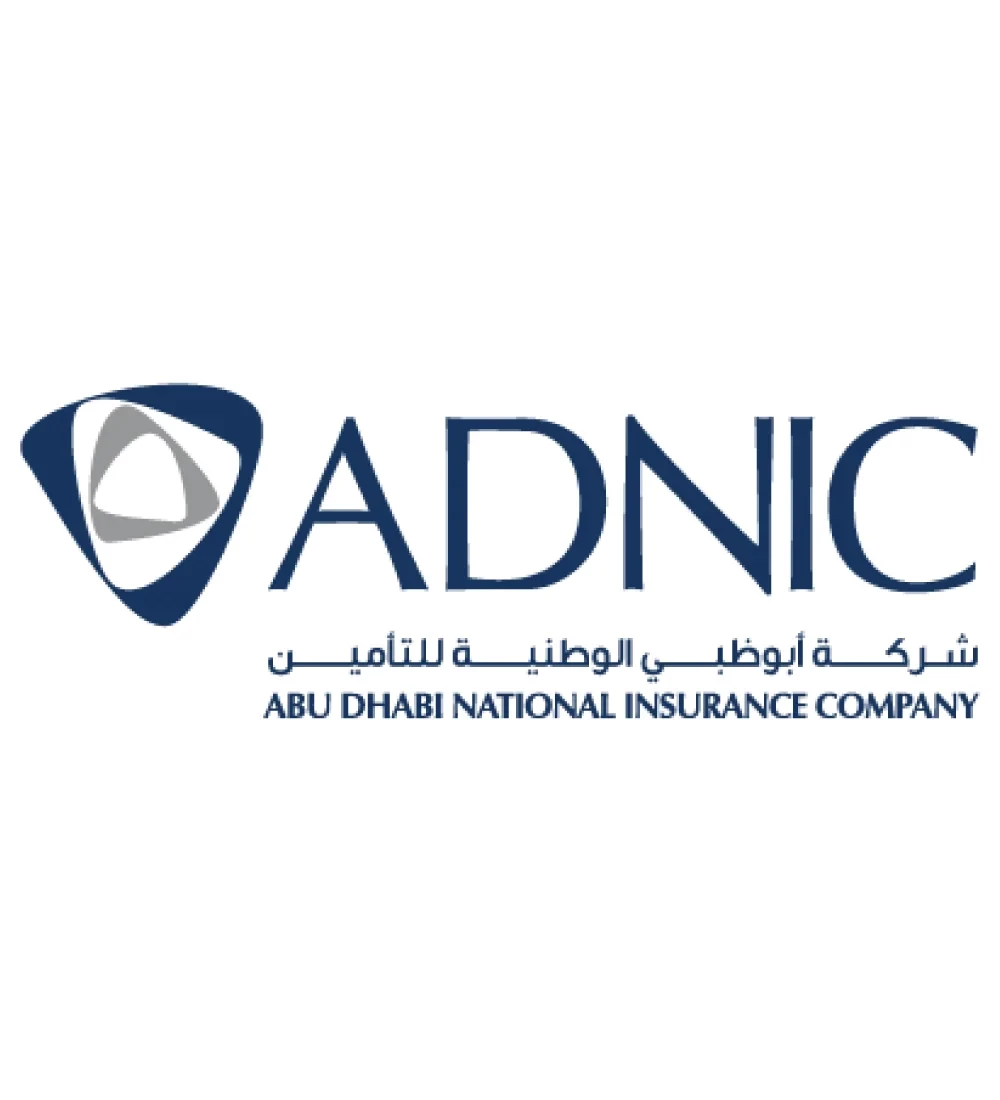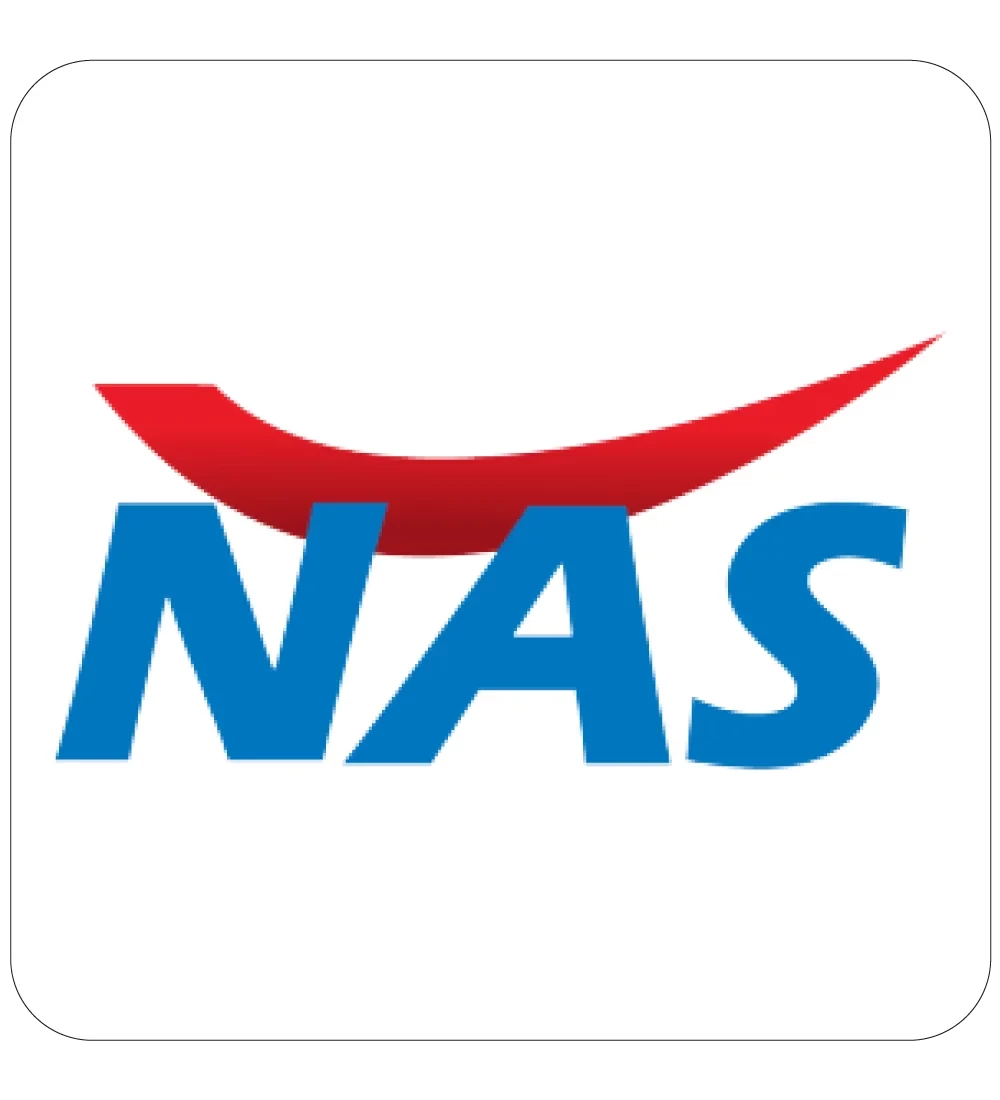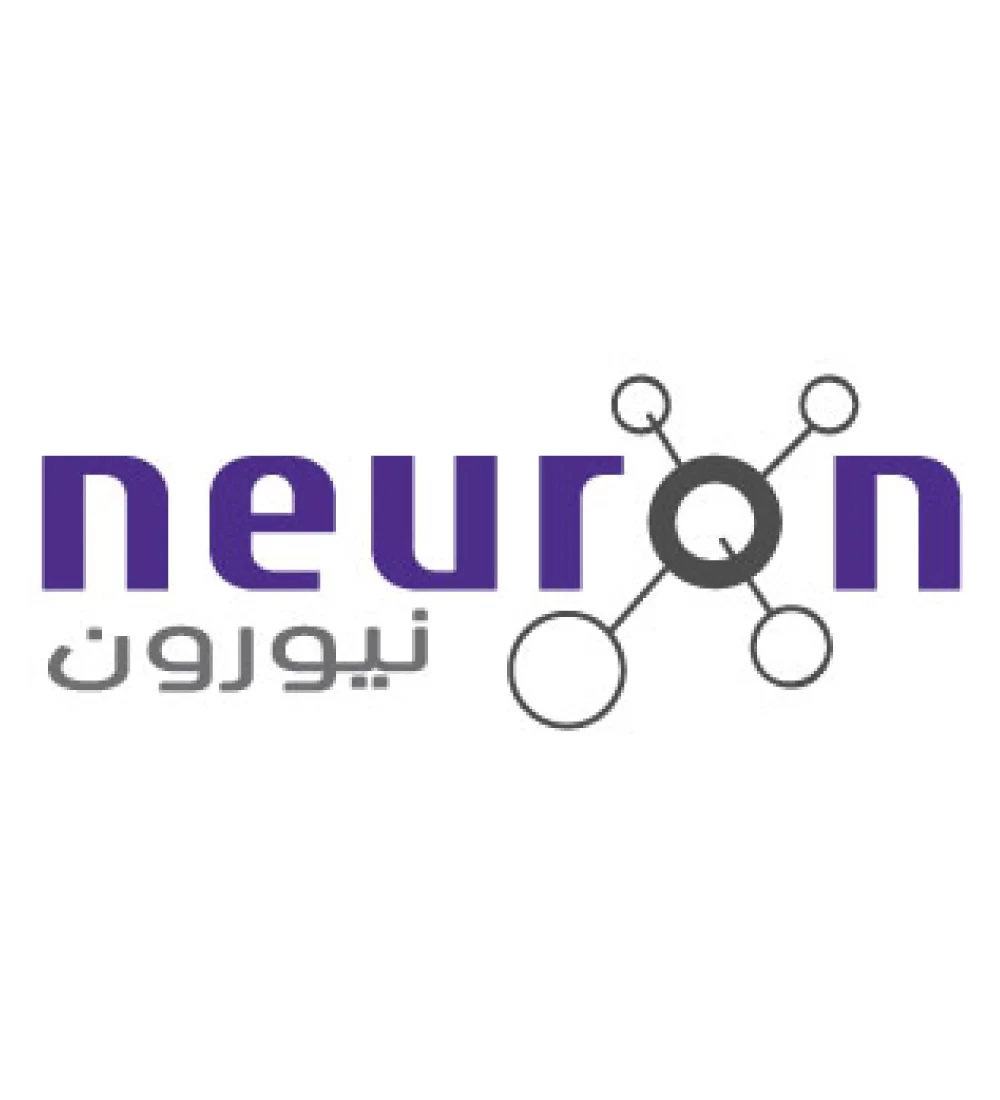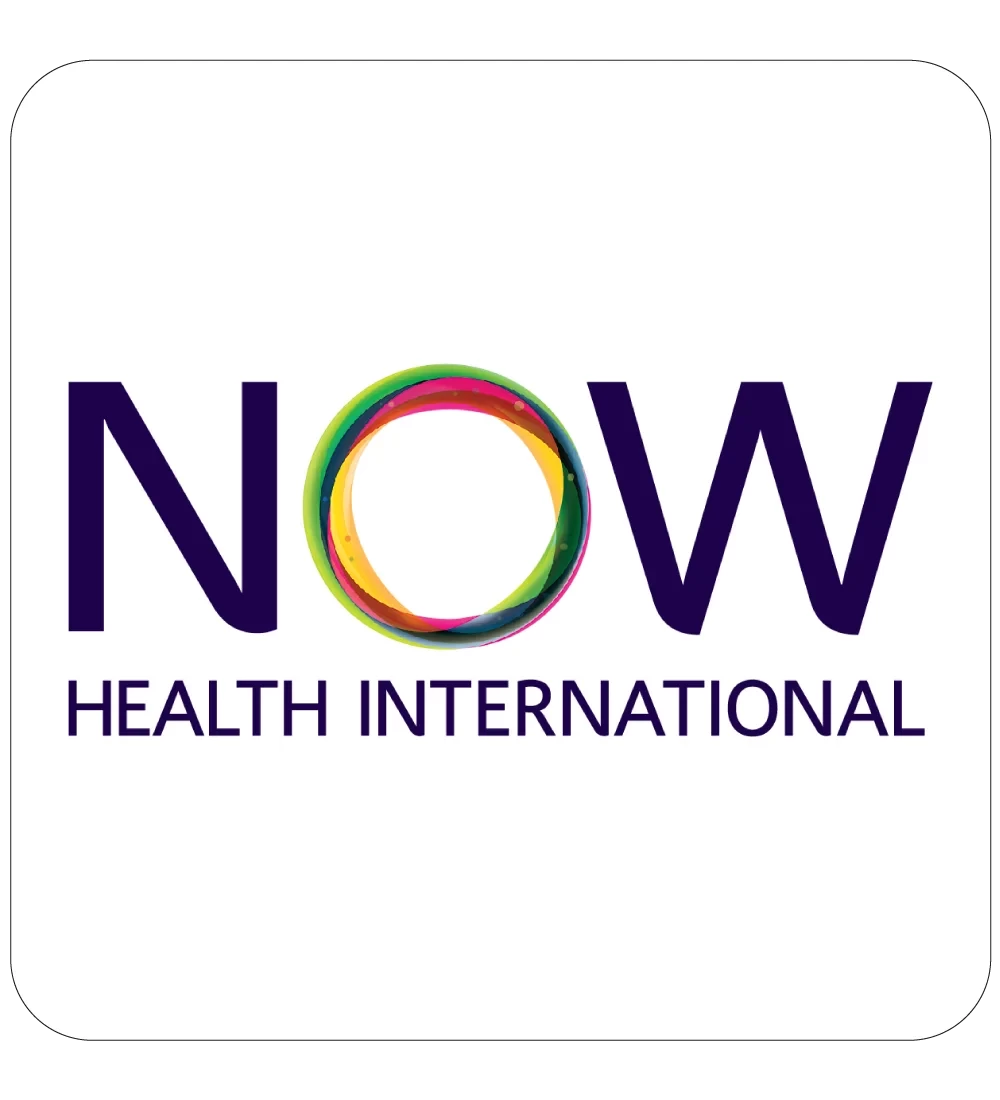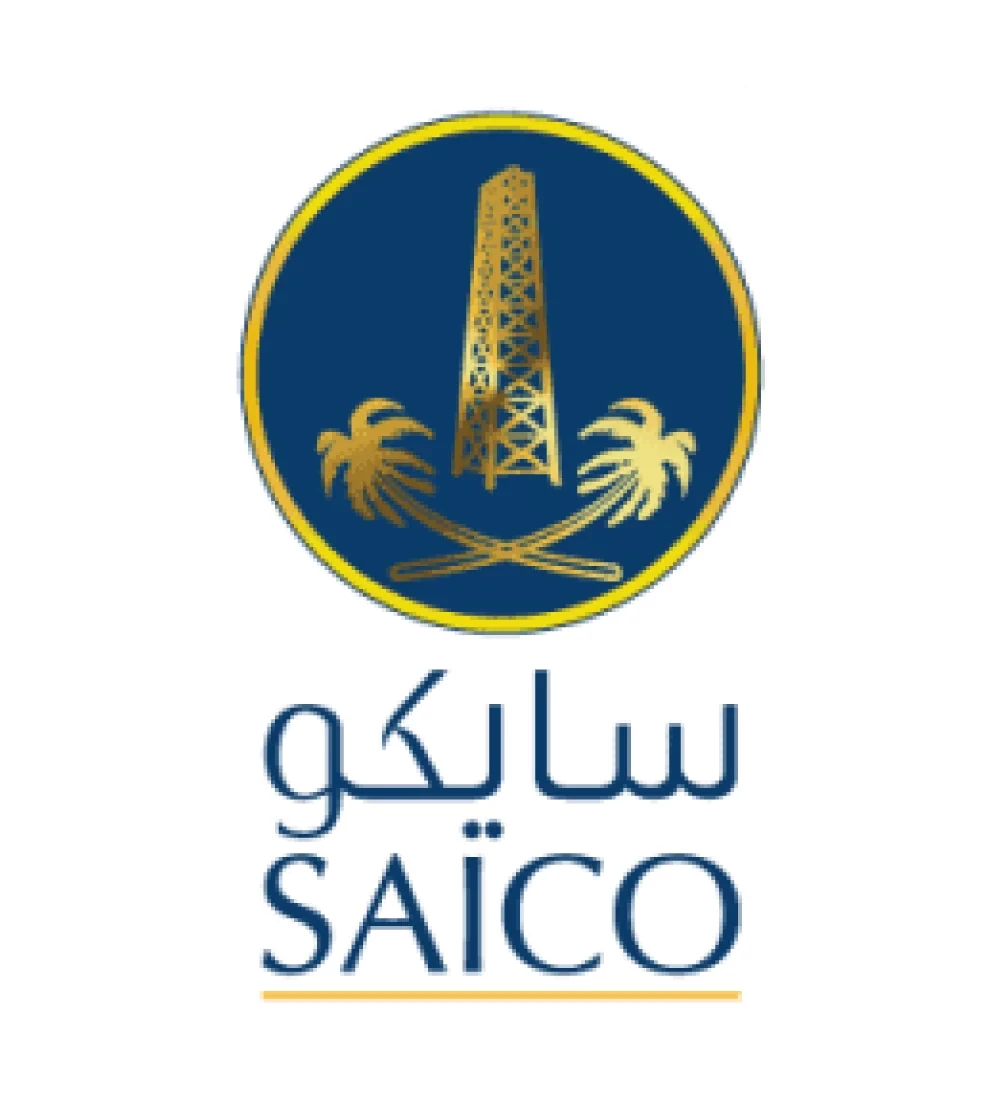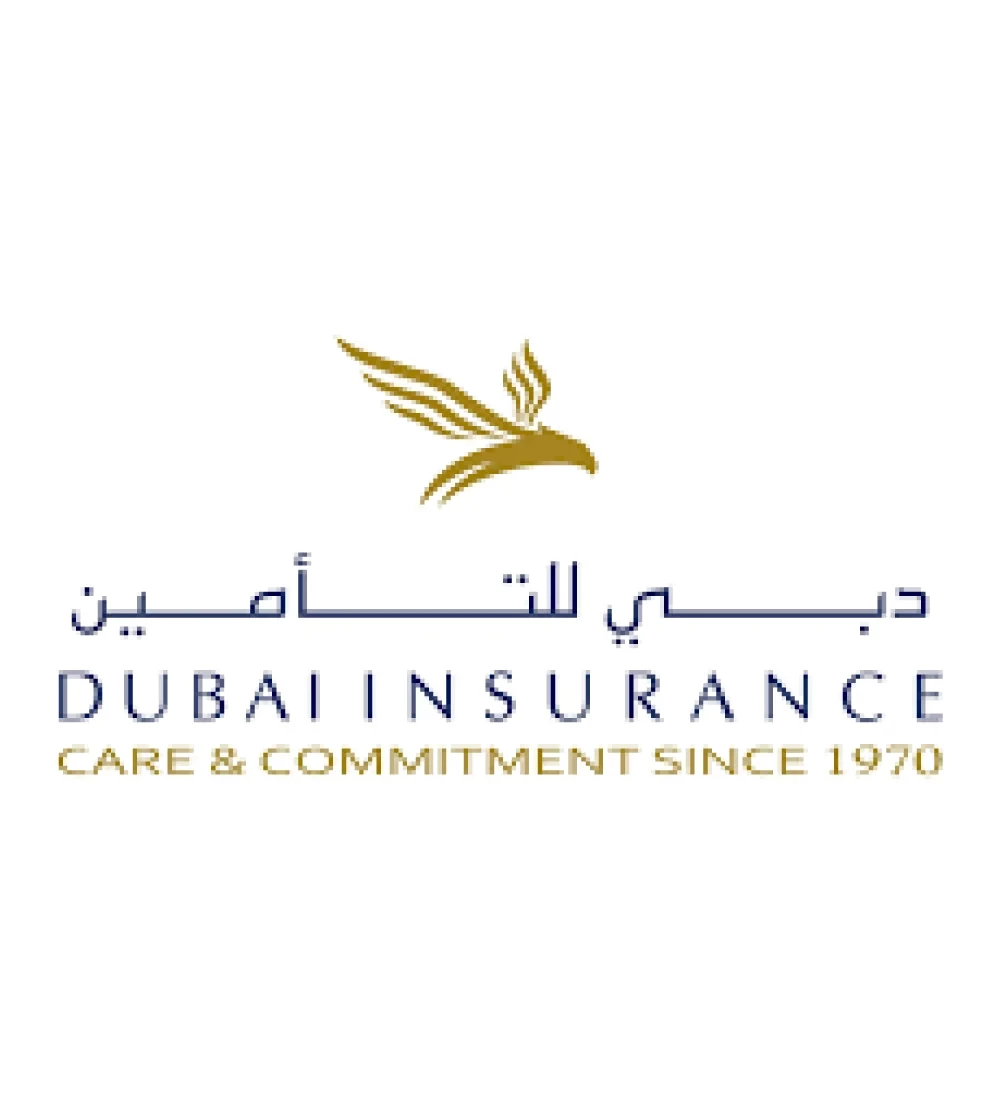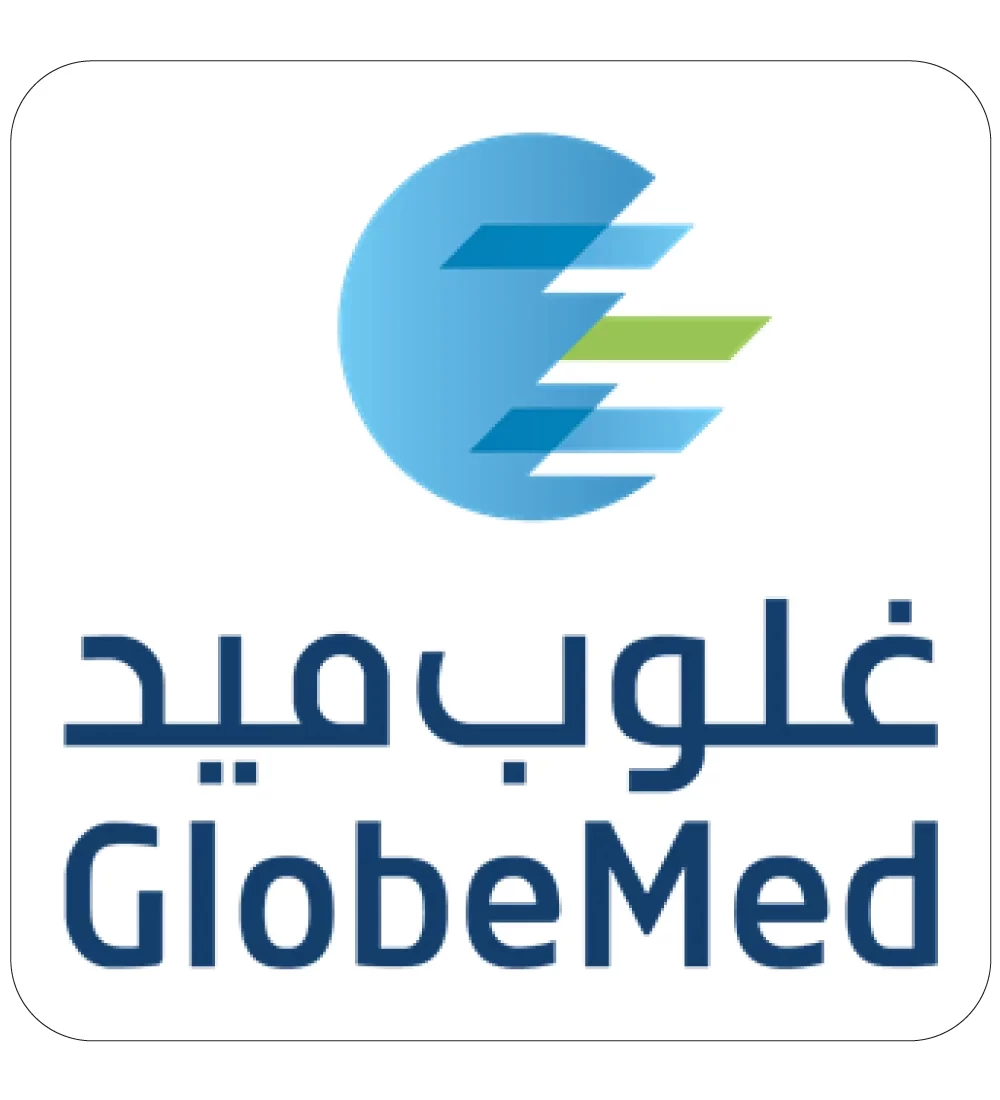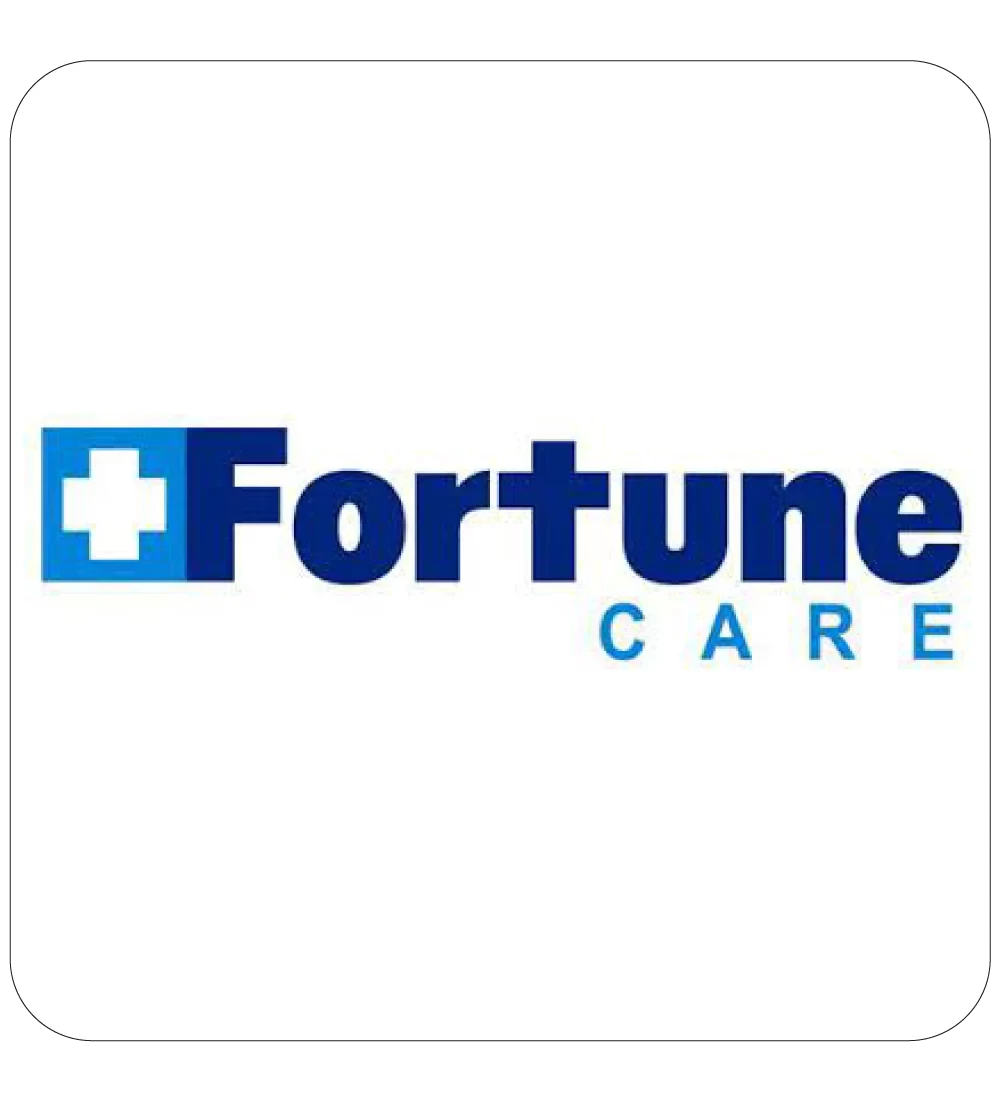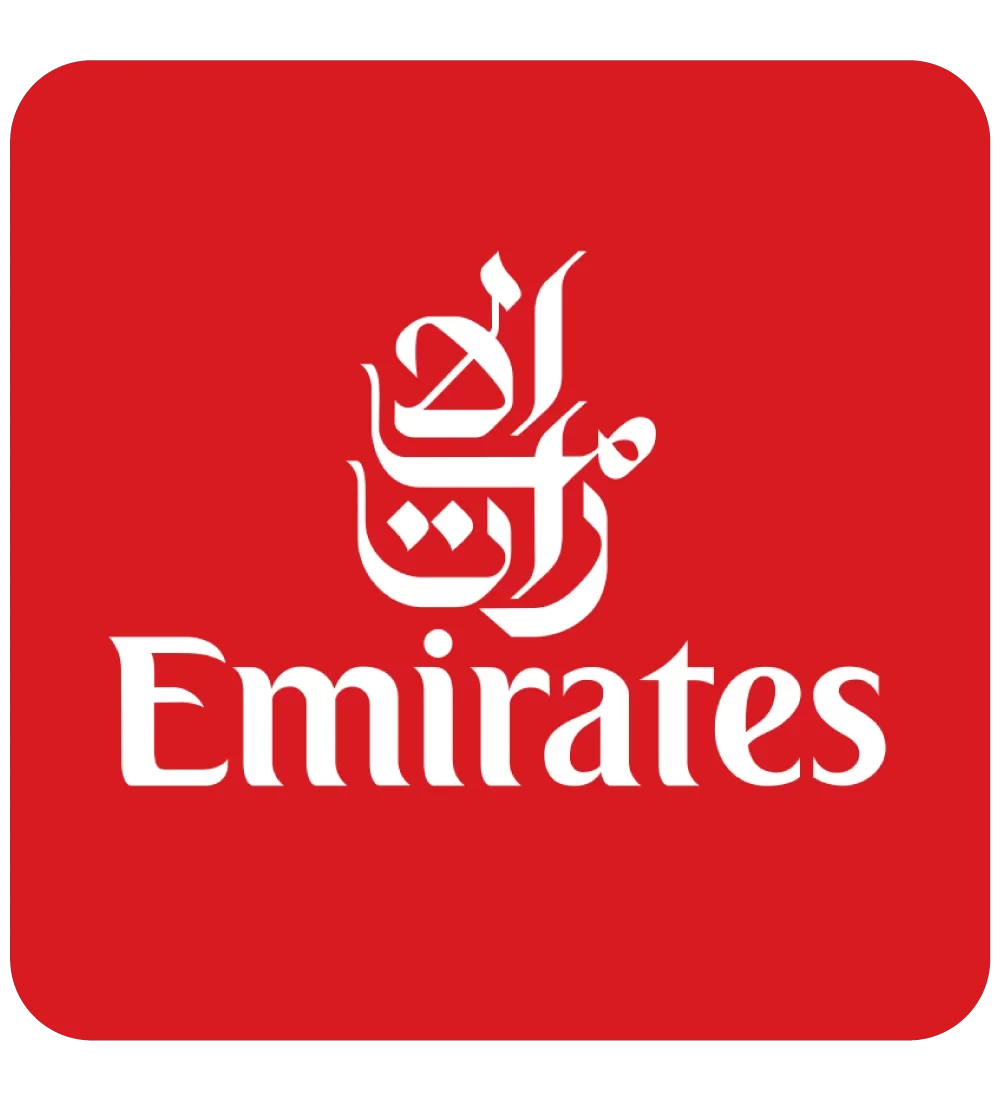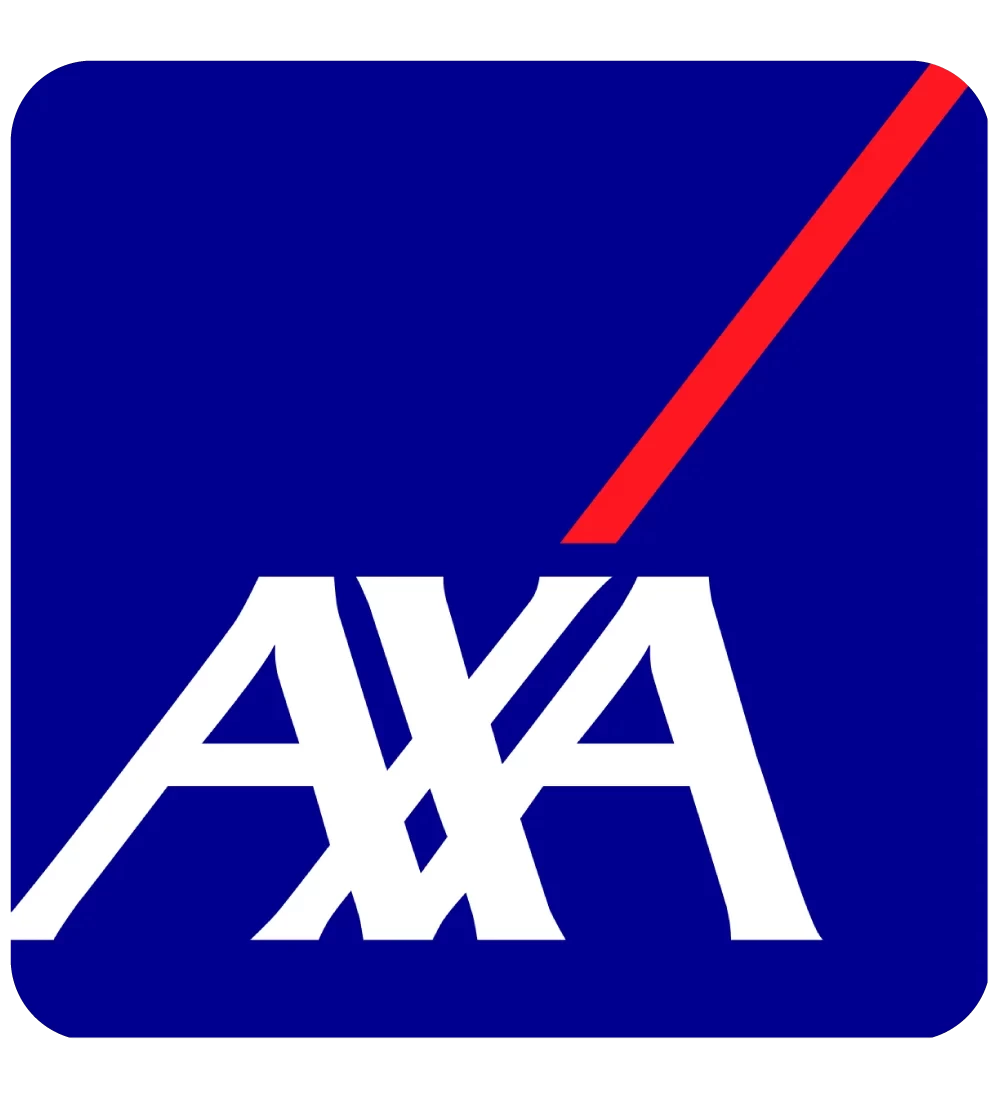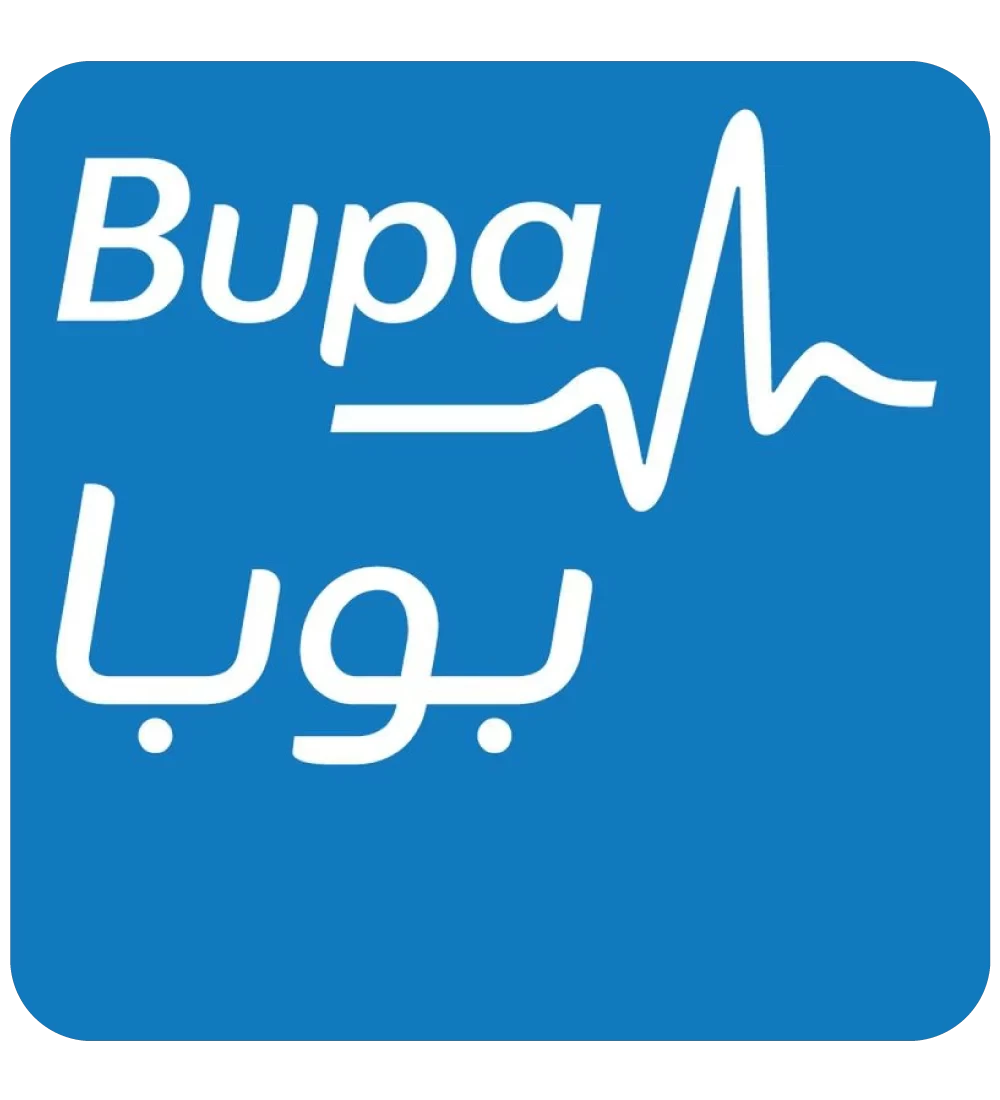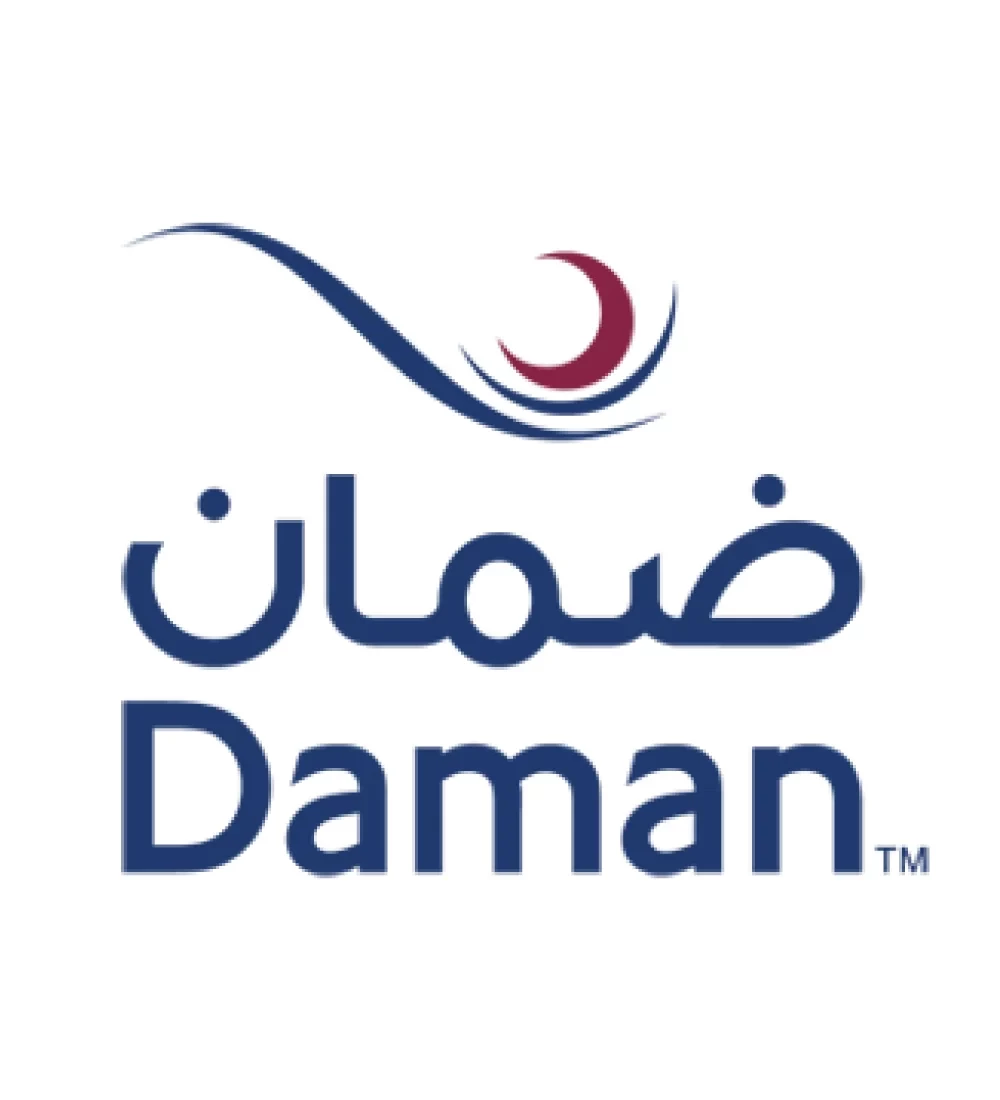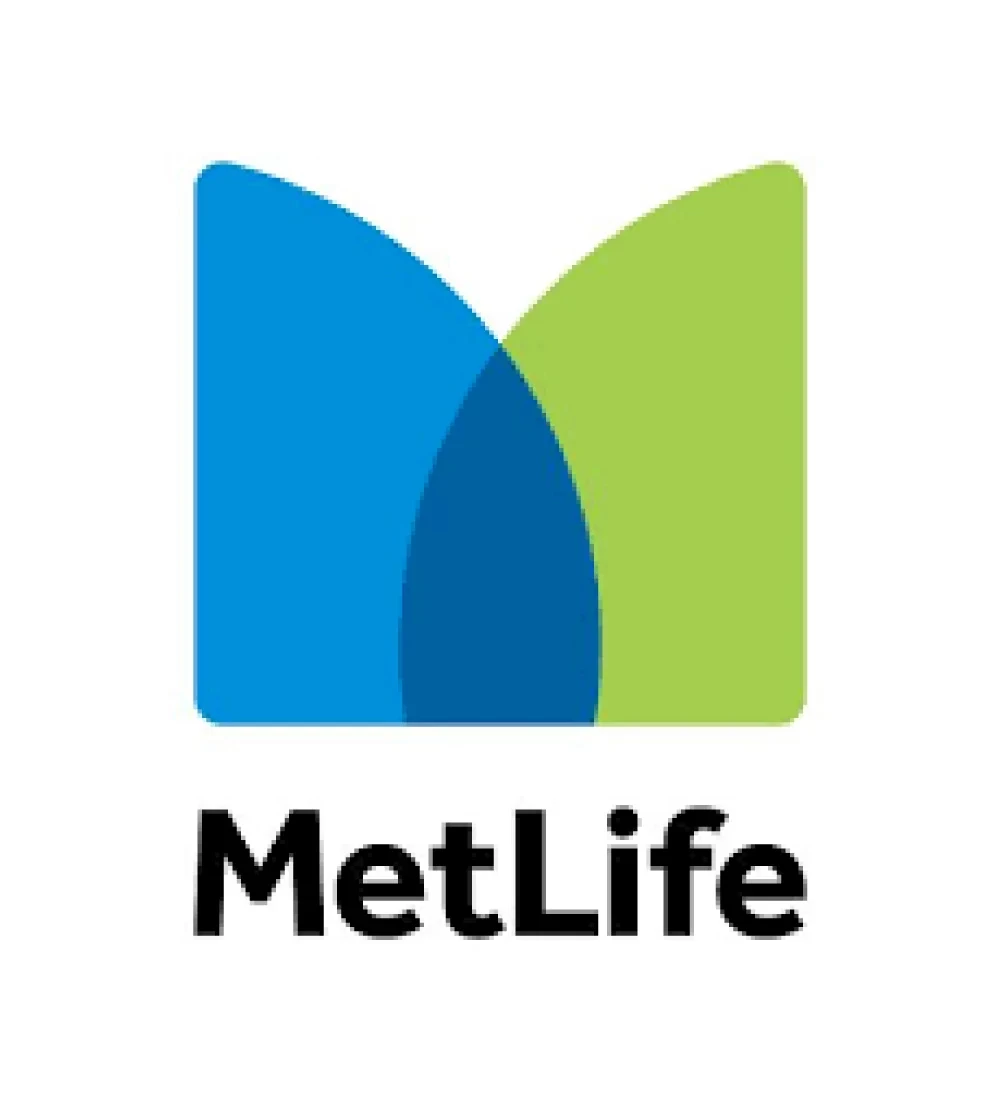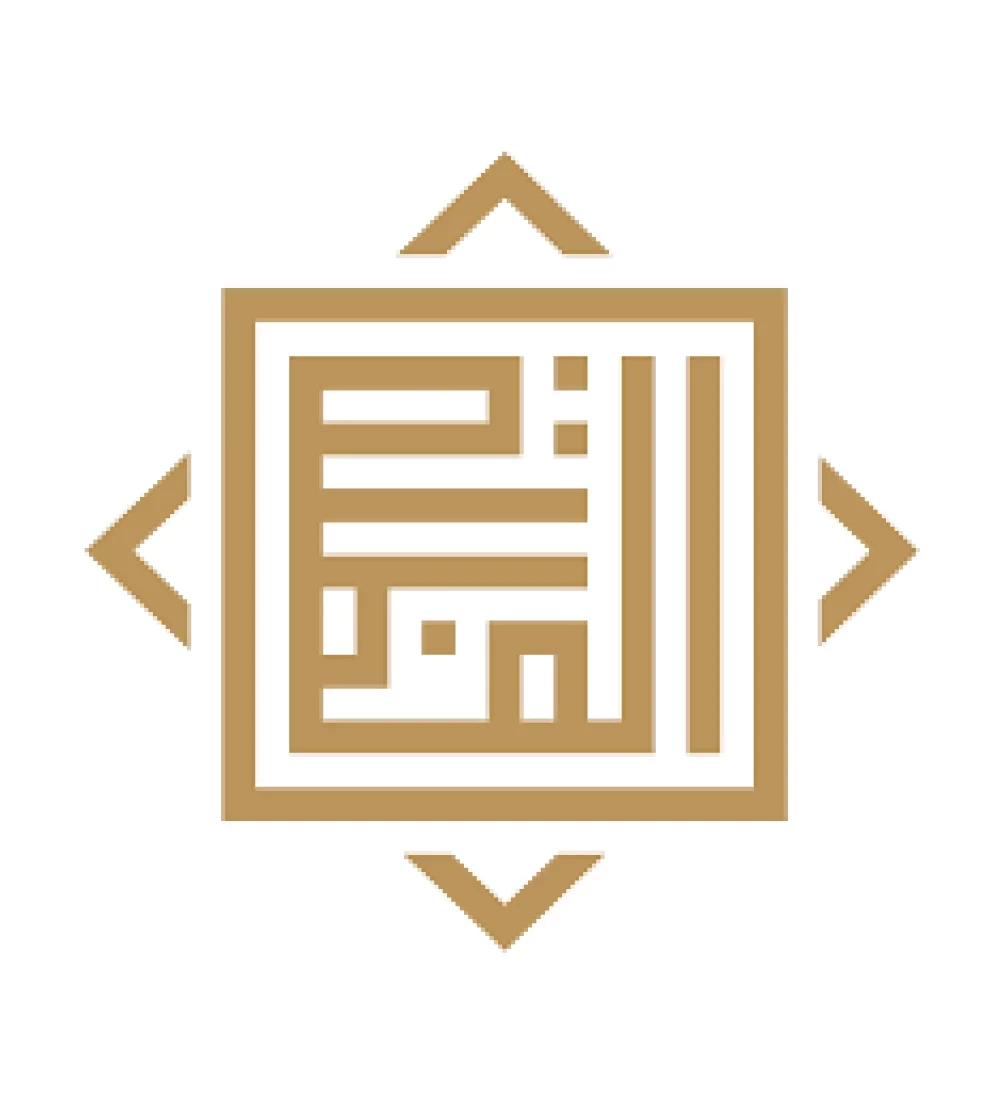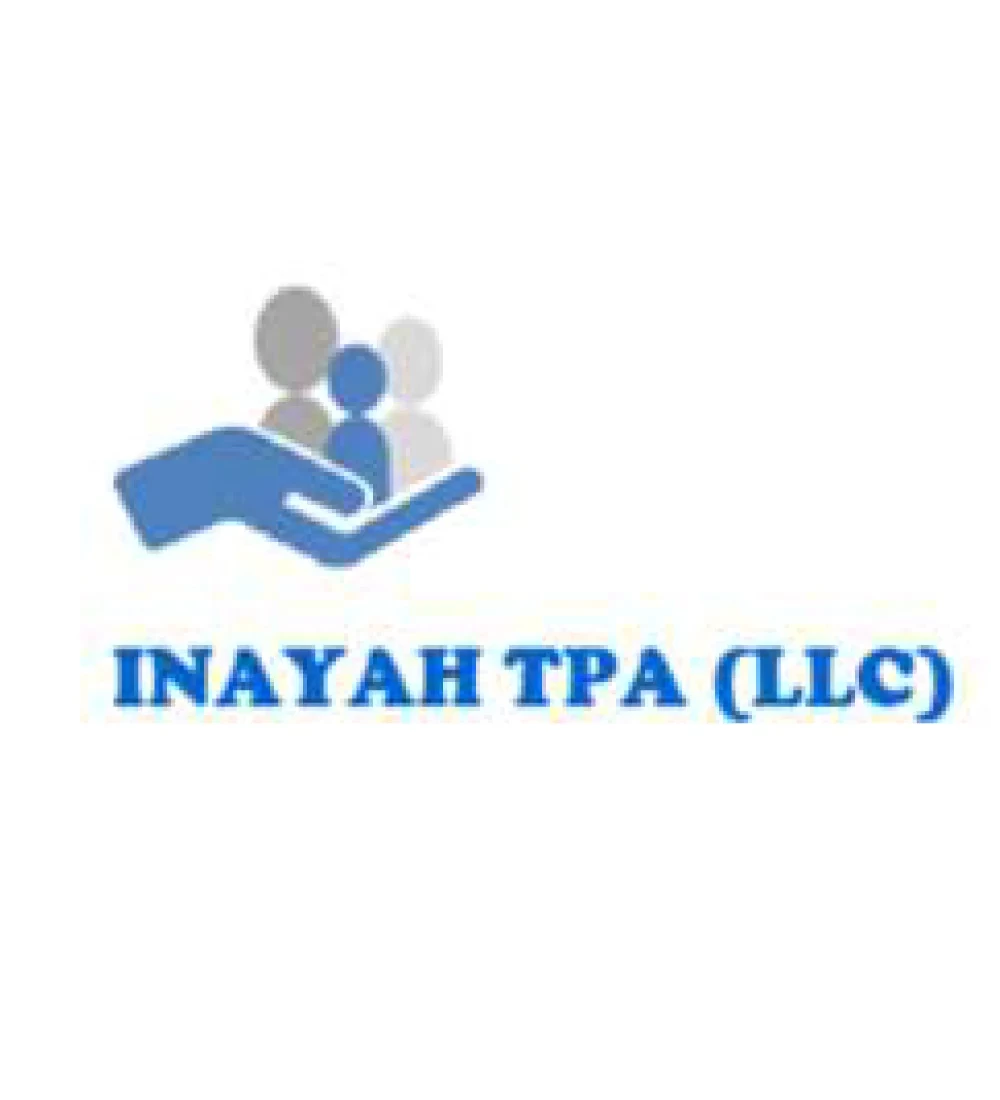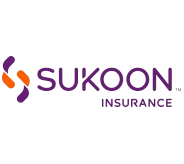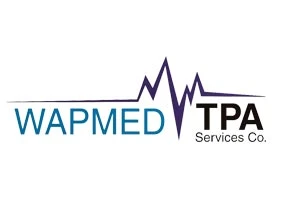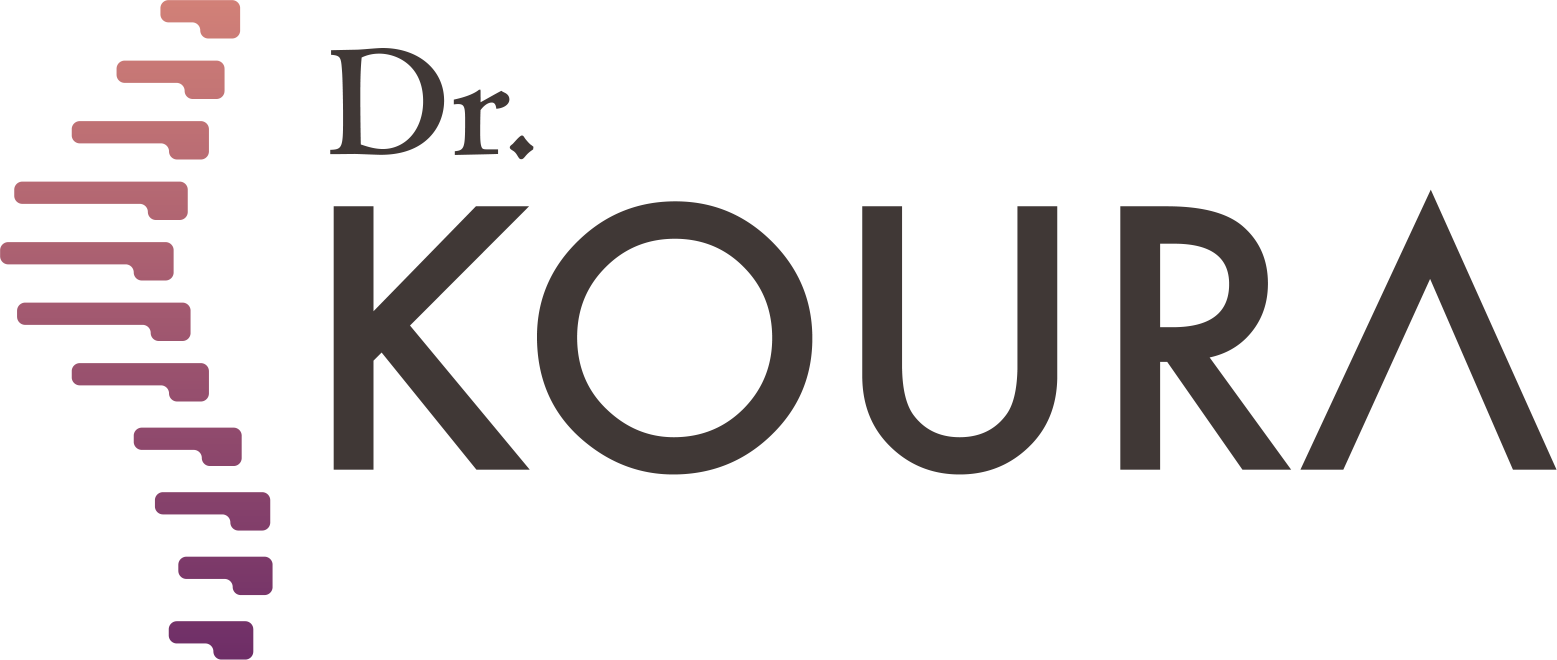
To see patients' reviews
Click hereHerniated disc in the back


A herniated disc is a common medical condition that affects many individuals, causing severe lower back pain and a variety of symptoms that may extend to the legs. A herniated disc occurs when the nucleus of the spinal disc moves out of its normal place, putting pressure on the surrounding nerves. This pressure can lead to pain, numbness, or weakness in the limbs.
Treating this condition is crucial for improving quality of life and reducing pain. Non-surgical treatment methods are often the best option for many patients. In this context, Dr. Mohamed Koura's center plays a key role in offering the best treatments without the need for surgical intervention. Dr. Mohamed Koura is one of the top specialists in interventional pain treatment for spinal and joint pain. He provides accurate diagnoses and effective treatment plans that include advanced techniques for managing herniated disc symptoms and treating spinal disc issues non-surgically.
If you're experiencing symptoms of a herniated disc or looking for treatment for a slipped vertebra, Dr. Mohamed Koura's center is the ideal choice for achieving the best results and living a pain-free life.
Causes of Herniated Disc and Back Pain
There are many causes of herniated discs and back pain, and it's important to note that not all spinal pain is due to a herniated disc. Several different factors can contribute, including:
- Excess weight: Extra weight puts additional pressure on the spine, which can lead to disc herniation.
- Lack of movement and exercise: Inactivity can weaken muscles and increase the risk of a herniated disc.
- Sleeping position: Uncomfortable sleep positions or unsuitable mattresses can cause back pain.
- Poor sitting posture: Sitting for long periods in an incorrect position can affect the spine and increase the likelihood of pain.
- Weak back muscles: As muscles weaken with age, the risk of disc herniation increases.
- Infections: Some infections can cause spinal pain and contribute to disc problems.
- Genetic factors: Genetics may play a role in increasing the risk of spinal issues.
- Nature of work: Regularly lifting heavy objects or prolonged sitting in improper positions can contribute to disc herniation.
- Lifting objects incorrectly: Lifting improperly can strain muscles and damage the spine.
- Muscle strain: Muscle strain can lead to spinal pain and increase the risk of disc herniation.
- Pregnancy: Pregnant women often experience back pain due to physiological changes and extra weight.
Understanding these causes can help in taking preventive steps to reduce the risk of herniated discs and alleviate back pain.
Signs of Herniated Disc and How to Identify Them
Herniated discs may cause a variety of symptoms, which can vary in severity depending on the patient's condition and the stage of the problem. Common symptoms include:
- Lower back pain: The pain may extend to the hip and legs, causing discomfort and hindering daily activities.
- Pain when coughing or sneezing: The pain may worsen with coughing or sneezing due to additional pressure on the disc.
- Arm or leg pain: Some people experience pain that radiates to one or both arms or legs, making movement difficult.
- Morning pain or stiffness: Many patients experience back pain or stiffness in the morning, making it difficult to start the day comfortably.
- Problems with bladder or bowel control: In advanced cases, patients may have difficulty controlling their bladder or bowel, requiring urgent medical attention.
- Persistent symptoms: If symptoms last for more than two weeks, a specialist should be consulted to determine the cause and provide an accurate diagnosis to prevent complications.
Early recognition of these symptoms and proper medical intervention can prevent the condition from worsening and improve the quality of life for those with a herniated disc.
Treatment Methods for Herniated Disc
There are multiple non-surgical treatment methods for herniated discs, with modern techniques proving effective in relieving symptoms and improving health. These methods include:
- Spinal endoscopy: This technique uses a thin tube equipped with a small camera to directly examine the spinal canal. It helps accurately locate the herniation and treat it with precision instruments, reducing the need for extensive surgery.
- Radiofrequency treatment: This method reduces pain by heating the tissues surrounding the herniated disc using an electrical current. Radiofrequency treatment reduces inflammation and relieves pain, improving the patient’s mobility.
- Nerve root injections: This treatment involves injecting anesthetics or anti-inflammatory medications directly into the affected nerve roots, providing effective pain relief and reducing inflammation.
- Minimally invasive surgery: This advanced procedure uses small surgical tools and a camera to perform precise operations within the spine. It allows for the correction of the herniated disc and relieves nerve pressure without the need for major surgery.
Thanks to medical advancements, it is now possible to fully recover from a herniated disc without surgery. Dr. Mohamed Koura specializes in interventional pain treatment for spinal and joint issues, using the latest techniques.
These methods help improve patient outcomes by offering less invasive alternatives to traditional surgical procedures.
Does a Herniated Disc Lead to Spinal Canal Stenosis?
Spinal canal stenosis can be a painful condition that significantly affects an individual’s quality of life. This narrowing of the spinal canal puts pressure on the spinal cord or the nerves emerging from it, causing pain in the affected area and potentially extending to other regions. Common symptoms include:
- Lower back pain radiating to one leg.
- Weakness or numbness extending to the legs.
- Difficulty standing or walking in severe cases.
If you experience these symptoms, it is essential to consult a specialist immediately to determine the cause and receive appropriate treatment. Non-surgical treatment options, such as physical therapy or advanced medical interventions, may be available depending on the severity of the condition.
In advanced cases where non-surgical treatment is ineffective, surgery may be a viable option. Studies have shown that surgery can achieve complete recovery for patients with severe spinal canal stenosis. However, medication and physical therapy remain good options for many patients, offering significant symptom improvement without surgery.
The best treatment choice depends on the specialist’s evaluation, who can offer advice based on the patient’s condition and the severity of the stenosis.
Dr. Mohamed Koura is here to assist you using the latest therapeutic techniques, including thermal radiofrequency and laser treatments for spinal pain without surgery—book your appointment now from here.
Why Choose Dr. Mohamed Koura ?
Simply because he is the best doctor in his feild. He stays updated on the latest treatment technologies through his participation in various international conferences with leading foreign doctors and experts. Finally, and most importantly, Dr. Mohamed Koura is the best doctor in Egypt and the Arab world, possessing 12 non-surgical techniques for treating spinal and joint problems. He was the first to introduce modern interventional treatment techniques in Egypt & the Middle East and is the only one using the disc fx technique to treat spinal pain.
To see patients' reviews
Click hereCertainly not, some cases must be treated surgically, and the most appropriate technique for the patient is determined through a medical examination and the presence of imaging studies.
No, it is necessary to make a reservation through a phone call or social media messages.
There are no risks or side effects associated with non-surgical pain interventions.
The patient needs only 3 to 4 days before they can travel comfortably, and the hospital stay does not exceed 6 to 8 hours.
A condition cannot be accurately assessed and a proper medical diagnosis made without a medical examination and recent imaging studies.
Yes, there are several payment methods available through Visa or electronic wallets by making a reservation on our website.
Certainly, obesity is one of the causes of knee osteoarthritis.
Radiofrequency activates the nerve and does not cause any damage to it.
Non-surgical interventions are a definitive treatment for some cases and pain relievers for other cases, which is determined by the doctor through a medical examination.
If the herniated disc is fully treated, there is a possibility of it reoccurring in some cases, such as not following the doctor's prescribed instructions after the intervention, experiencing an accident, or making a sudden wrong movement like lifting heavy objects.
The entire disc is not removed due to the presence of several risks and it may exacerbate the condition. Only the protruding part that causes pain is removed.
This cannot be done with radiofrequency, but it is performed through other techniques that Dr. Koura conducts.
The success or failure of non-surgical interventions cannot be judged through radiographic imaging because these procedures involve making subtle changes to critical parts to address the issue. Consequently, they do not produce significant changes to avoid potential complications in the future or damage to the spine and joints, which is our primary goal.
Spinal stenosis does not typically cause sciatica. In most cases, disc herniation is what may lead to sciatica. This does not necessarily mean that a patient with sciatica will also have spinal stenosis.
Sciatica may return if the patient does not adhere to the medical instructions provided by the doctor or in the event of an unexpected accident.
A life without pain without surgery
Once you book with Dr. Koura
Get rid of pain with just one call.. Book your appointment now with pain Management consultant Dr. Koura.
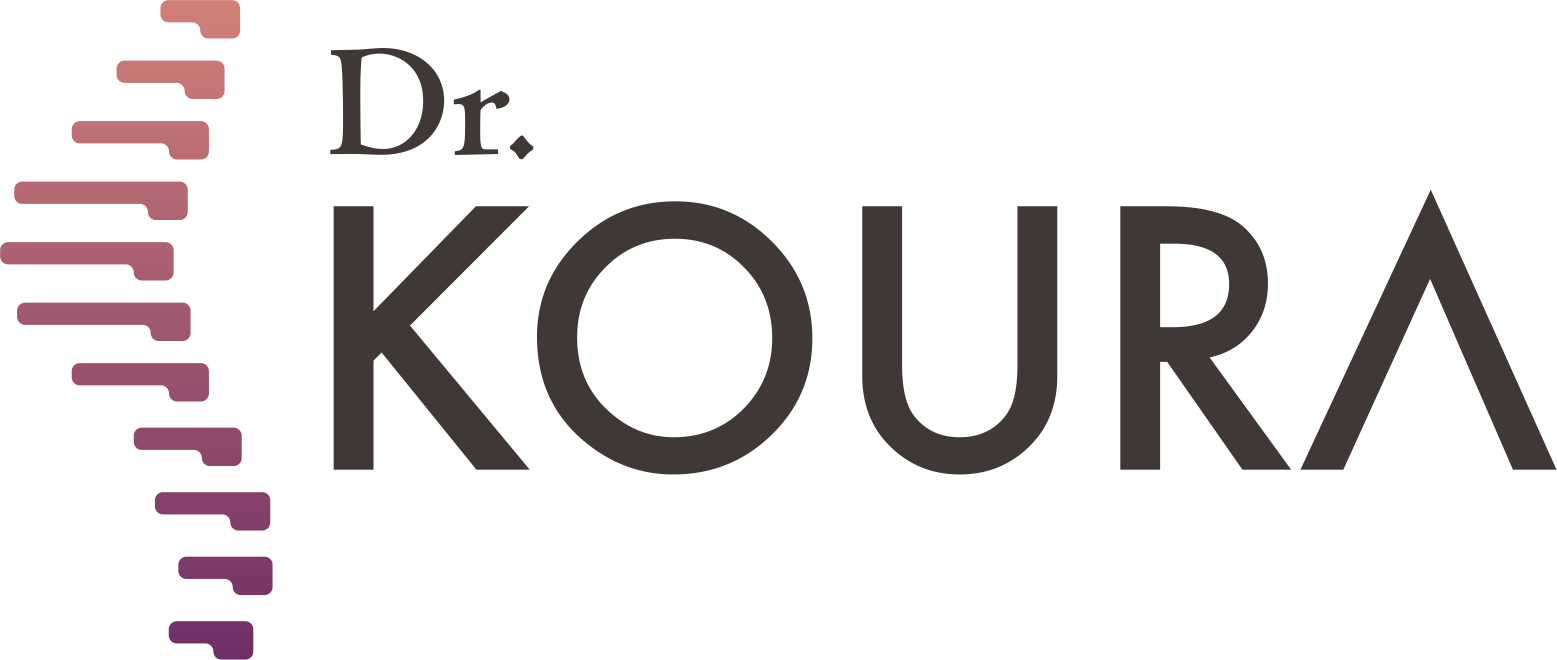

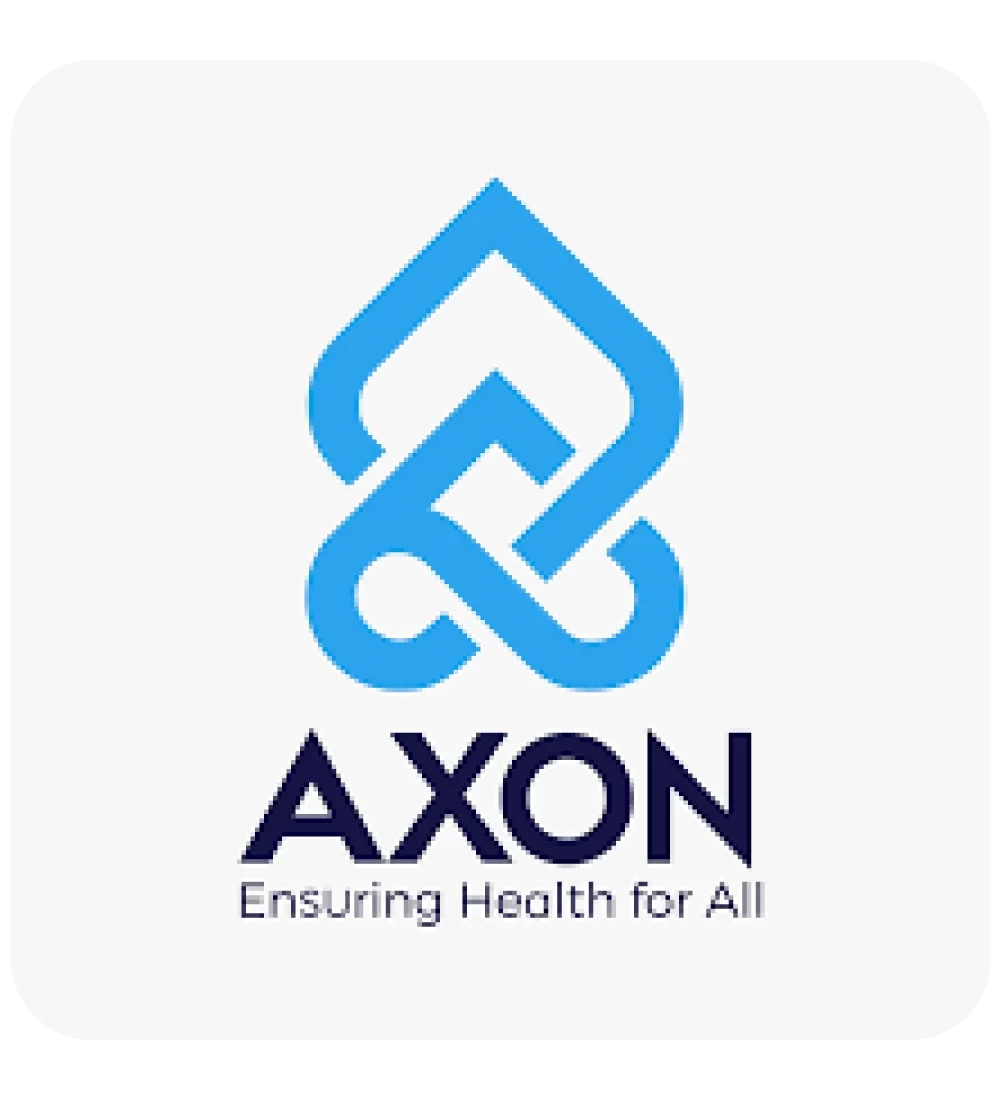
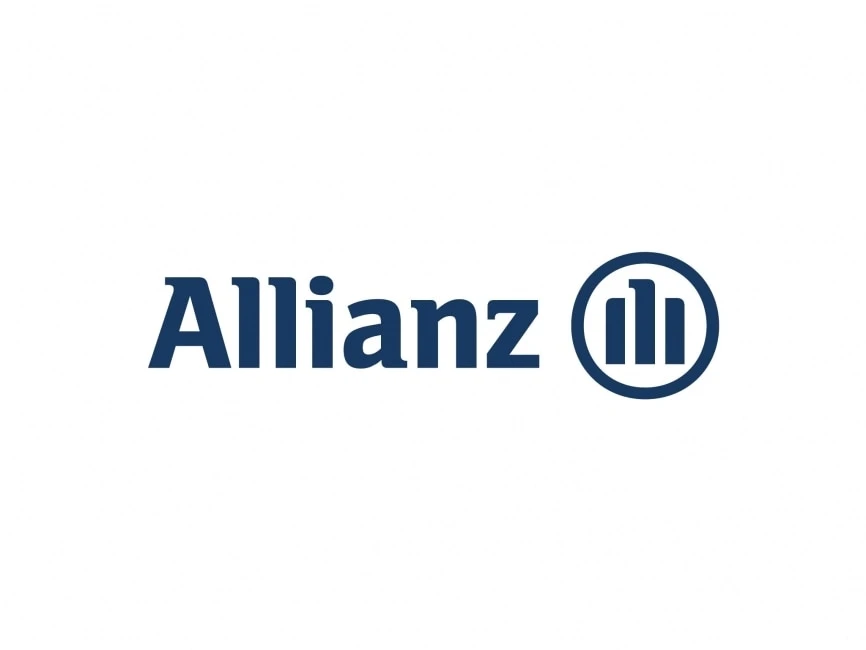

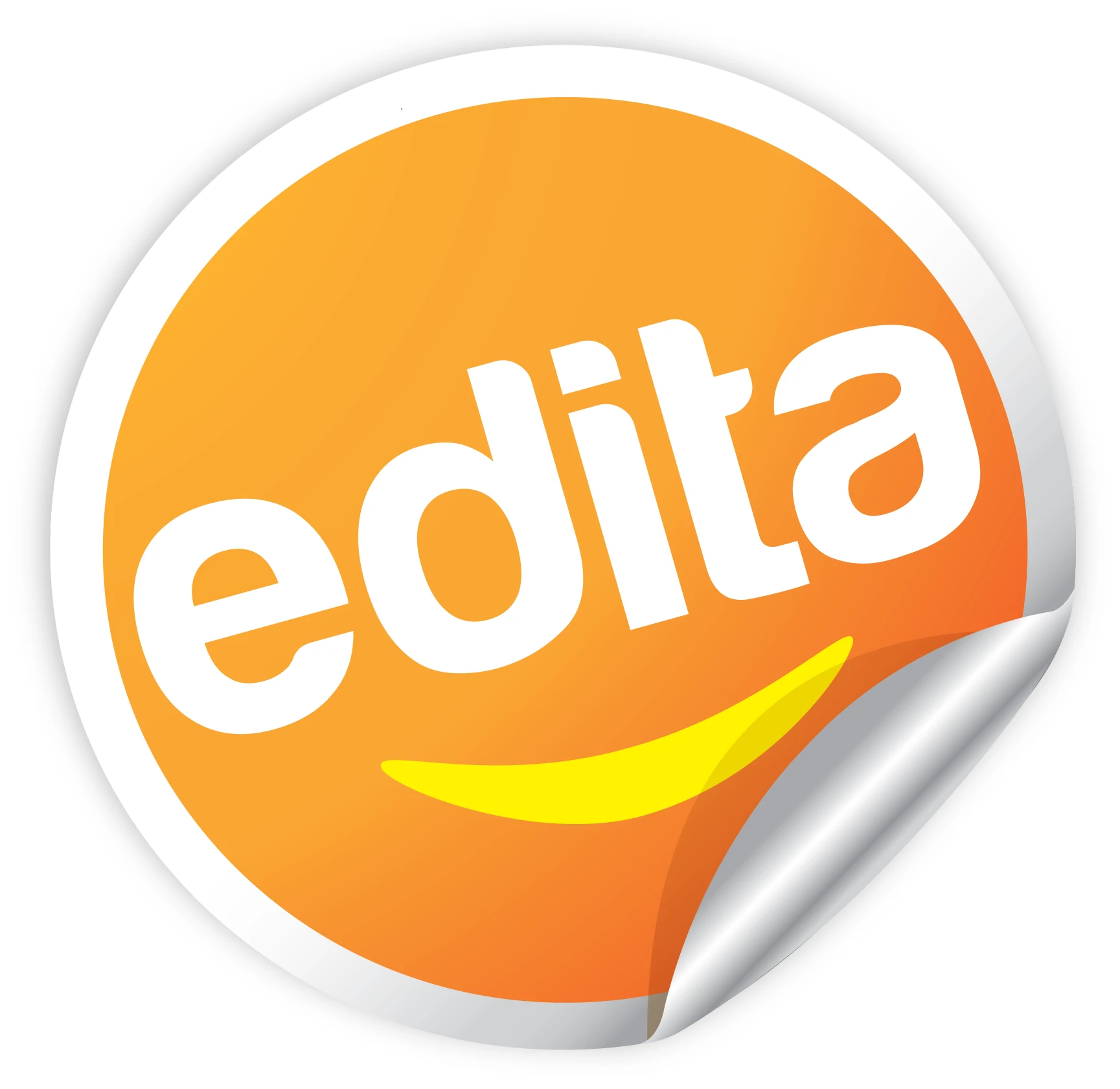
-webp.webp)




-webp.webp)
